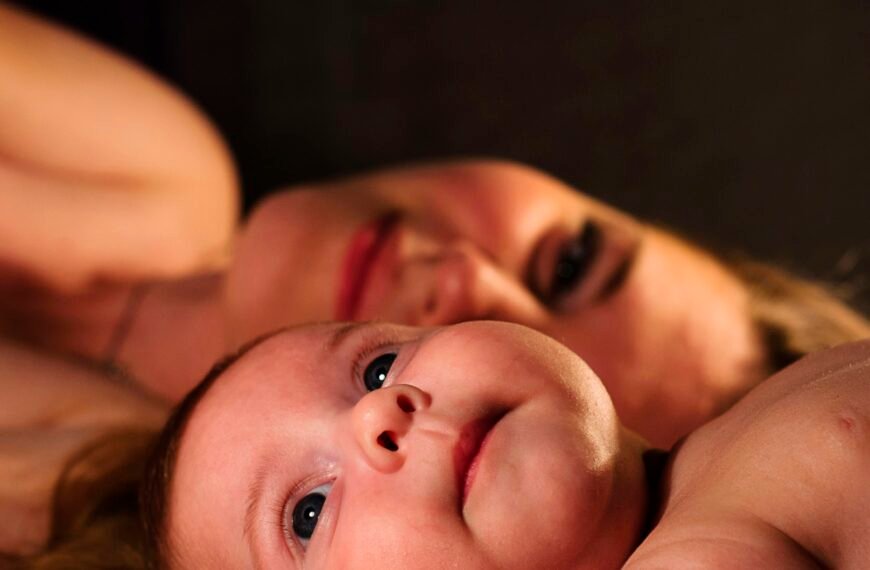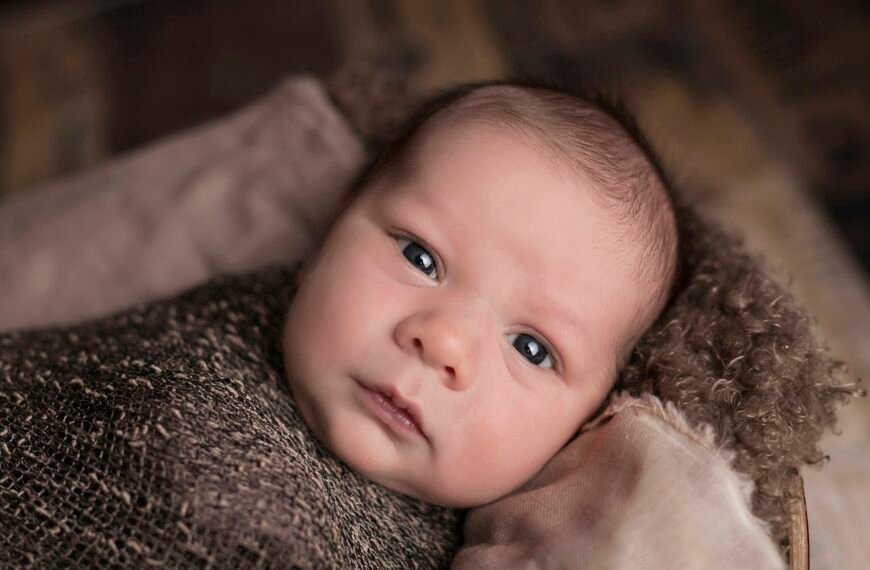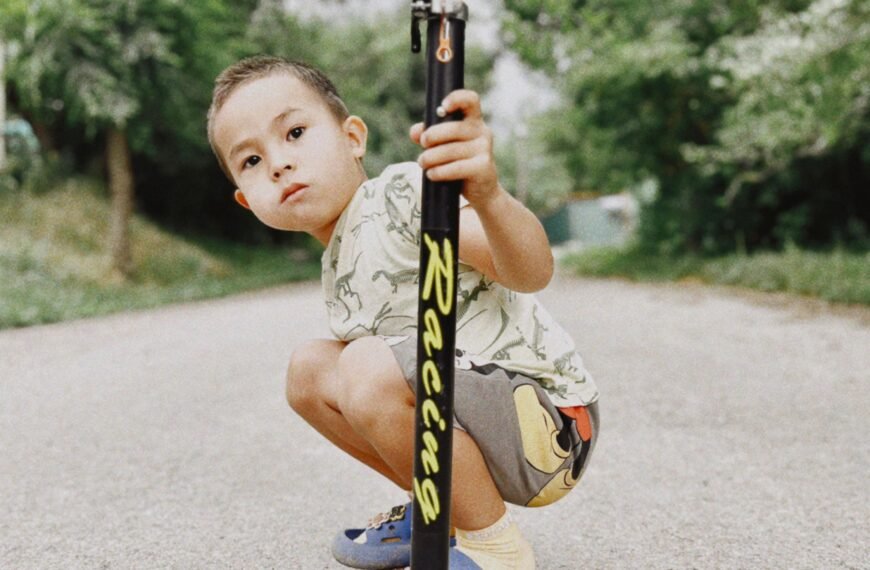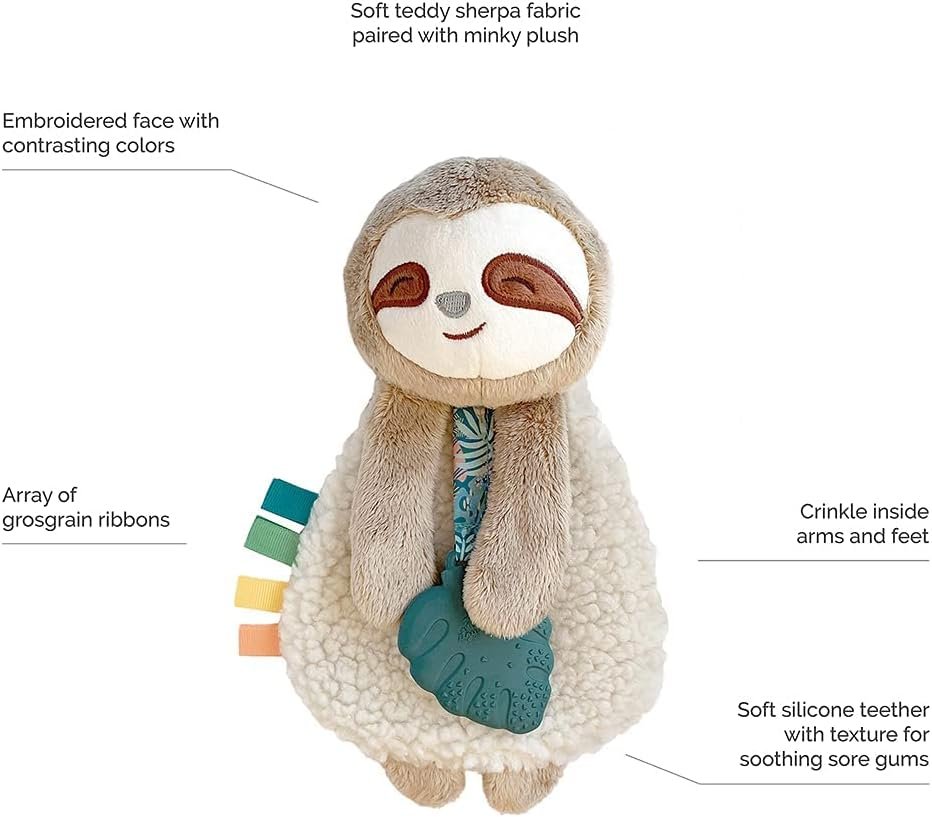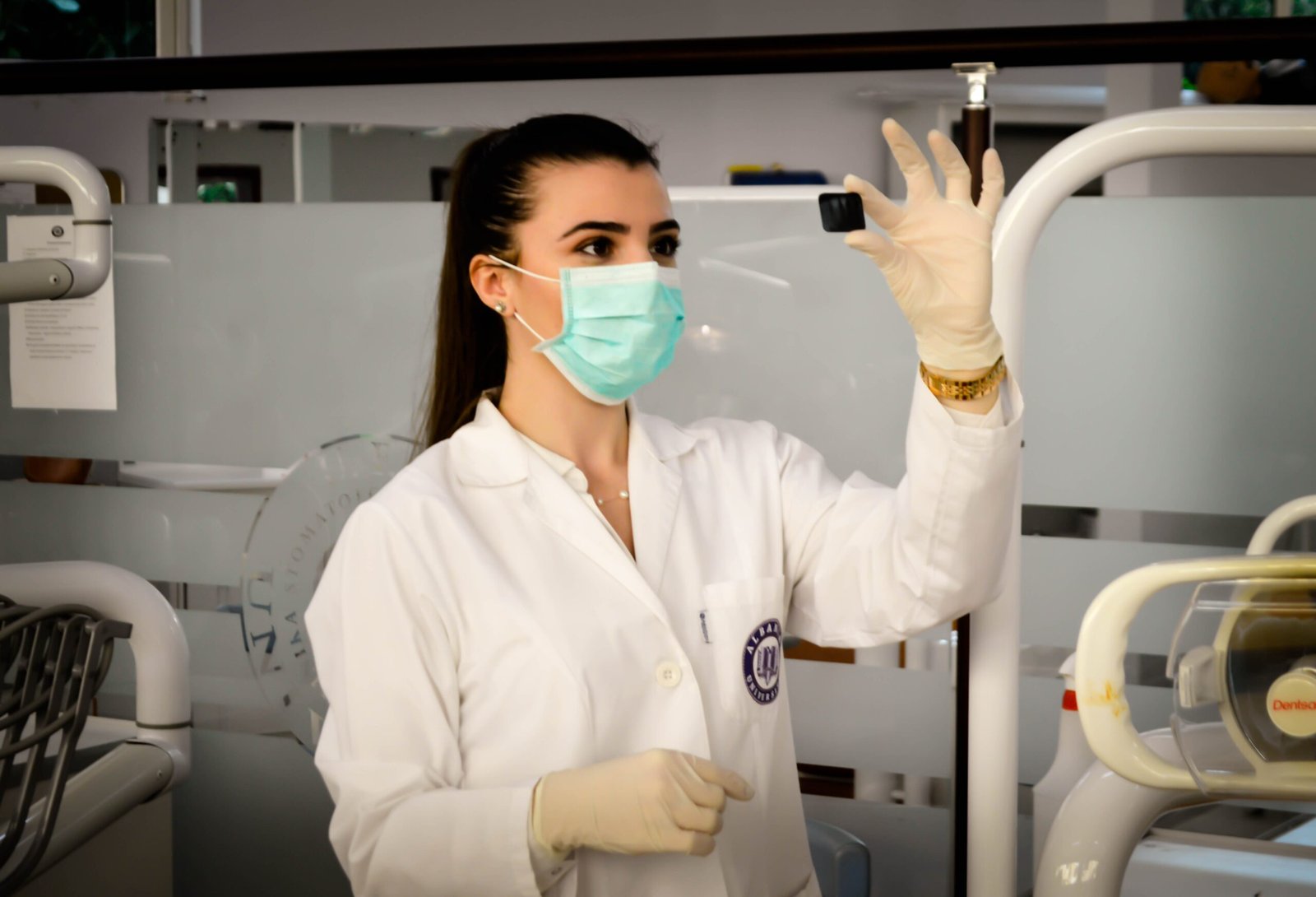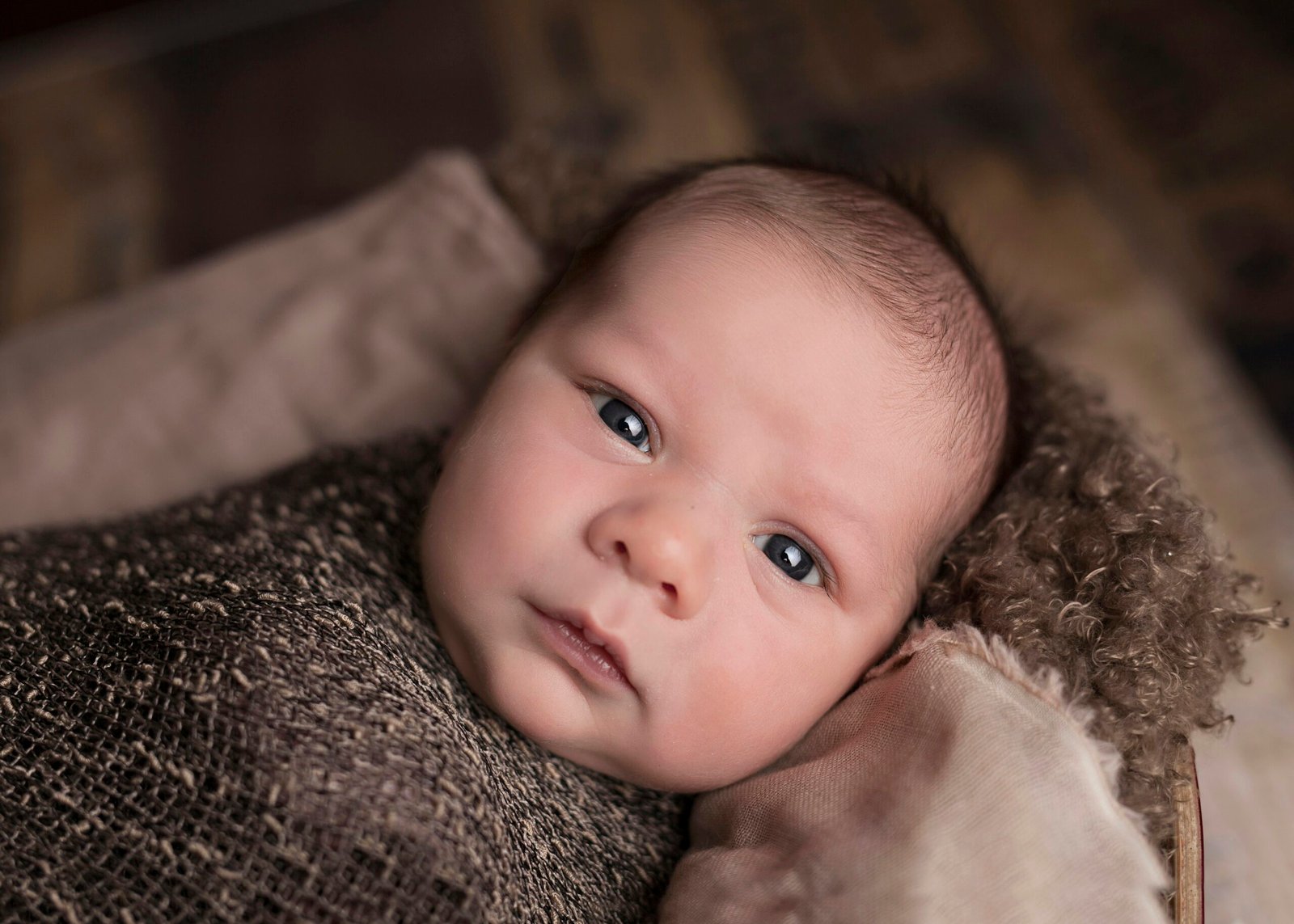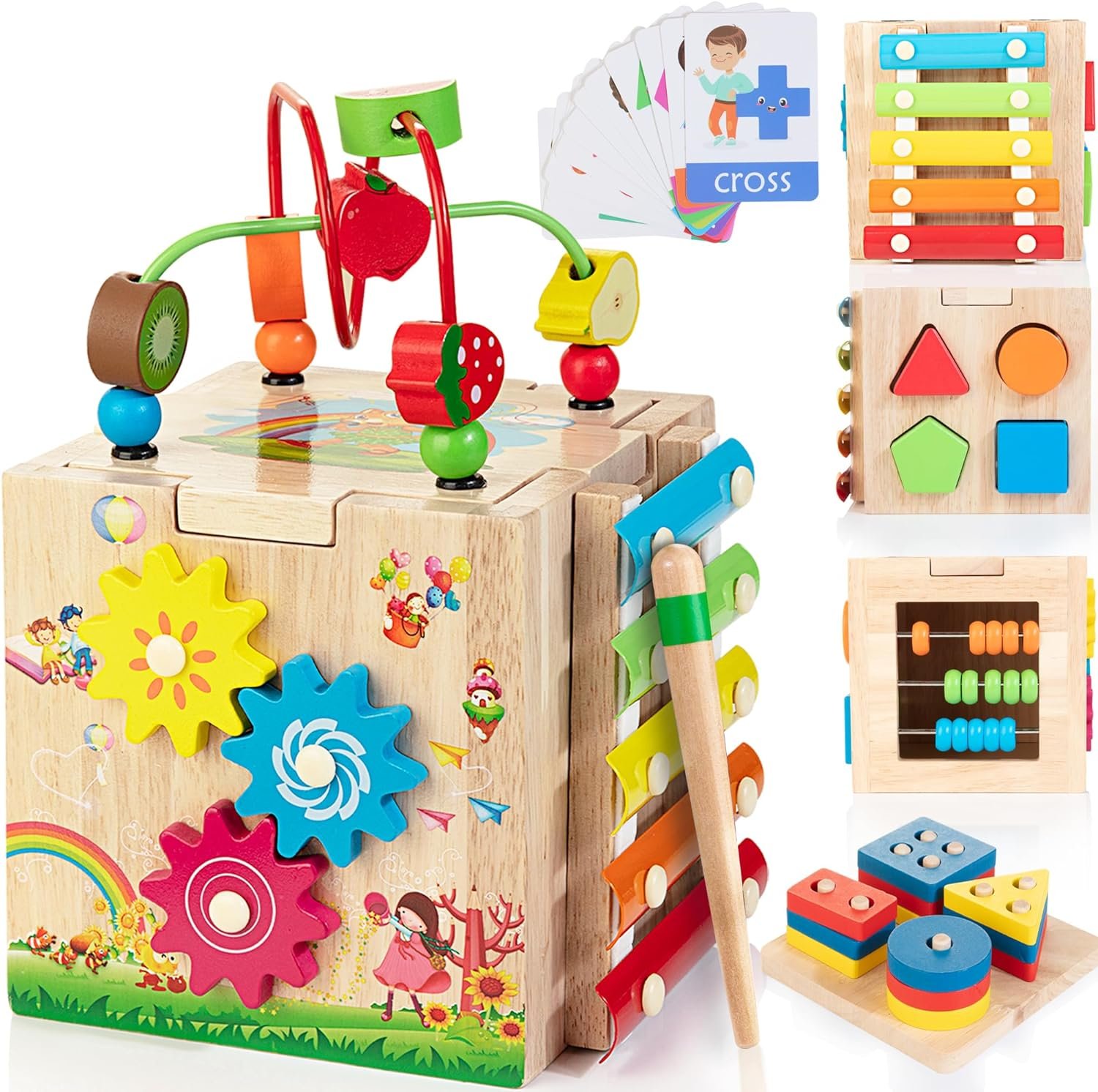If you’re a parent or caregiver, you know just how important it is to keep your baby’s bath toys clean and germ-free. In our comprehensive guide, we’ll provide you with all the essential tips and tricks on how to effectively clean those beloved playthings. From simple methods using household items to specialized cleaning solutions, we’ve got you covered. So, join us as we explore the ultimate guide on how to clean baby bath toys and ensure a safe and enjoyable bathing experience for your little one.
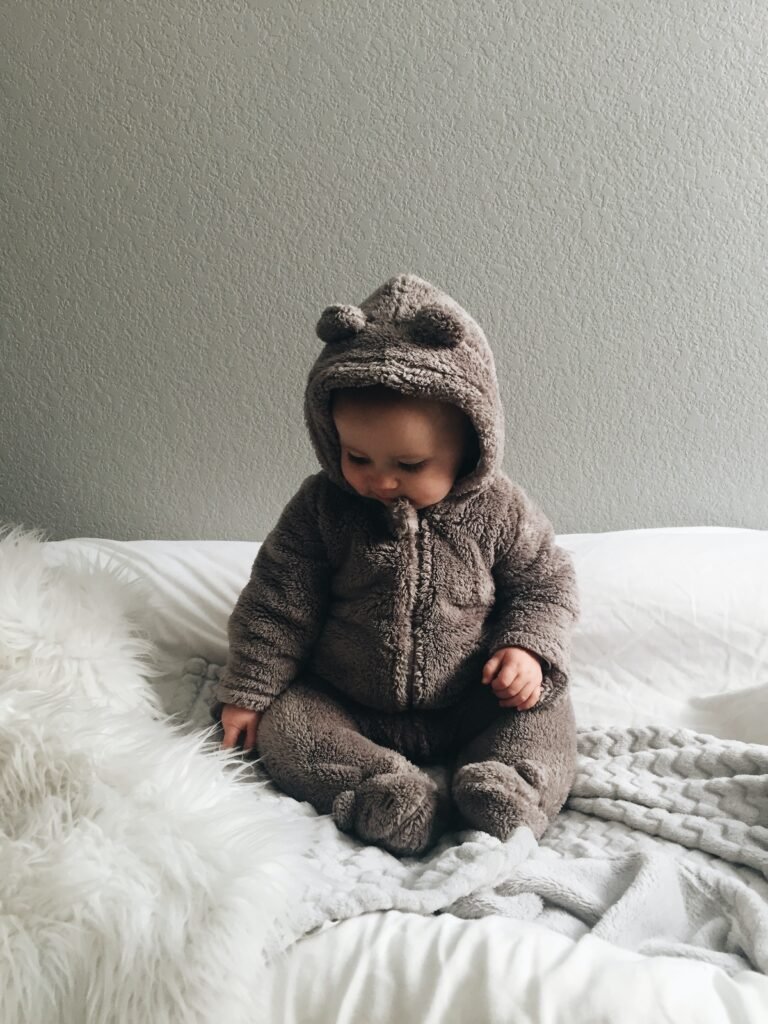
Check Baby Toys Guide & Review
Choosing the Right Cleaning Method
When it comes to cleaning baby bath toys, it is important to choose the right cleaning method to ensure that the toys are not only clean but also safe for your little one to play with. There are several factors to consider when deciding on the appropriate cleaning method, such as the material of the toys, any manufacturer instructions, and overall safety.
Consider the Material of the Toys
The first step in choosing the right cleaning method for baby bath toys is to consider the material of the toys. Different materials may require different cleaning techniques to ensure that the toys are effectively cleaned without causing any damage. Common materials for bath toys include plastic, rubber, and plush. It is important to read the toy labels or packaging to determine the material and any specific cleaning instructions provided by the manufacturer.
Check for Manufacturer Instructions
When it comes to cleaning baby bath toys, it is always a good idea to check for any manufacturer instructions. Some toys may come with specific guidelines on how to clean them, including recommended cleaning products or techniques. These instructions should be followed to ensure that the toys are properly cleaned without compromising their quality or safety. If there are no specific instructions provided, you can use the general cleaning methods mentioned in this article as a guideline.
Keep Safety in Mind
Safety should always be a top priority when it comes to cleaning baby bath toys. Ensure that the chosen cleaning method does not involve the use of harsh chemicals that could be harmful to your child. It is also important to thoroughly rinse and dry the toys after cleaning to remove any cleaning residue. Regularly inspect the toys for any signs of damage or wear and tear, and discard any toys that are broken or no longer safe for use. By considering the material, following manufacturer instructions, and keeping safety in mind, you can choose the right cleaning method for your baby bath toys.
Cleaning Plastic Bath Toys
Plastic bath toys are popular among parents and children alike due to their durability and versatility. However, they can easily accumulate dirt, grime, and even mold if not properly cleaned and maintained. Here are three effective methods for cleaning plastic bath toys:
Simple Handwashing
One of the simplest and easiest ways to clean plastic bath toys is through handwashing. Fill a basin or sink with warm water and add a small amount of mild dish soap. Submerge the toys in the soapy water and use a soft cloth or sponge to gently scrub away any dirt or residue. Pay special attention to any crevices or hard-to-reach areas. Rinse the toys thoroughly with clean water and allow them to air dry before returning them to the bath.
Dishwasher Method
For a quick and convenient cleaning method, consider using your dishwasher to clean plastic bath toys. Before loading them into the dishwasher, ensure that the toys are dishwasher-safe by checking the manufacturer instructions. Place the toys in the utensil compartment or a mesh bag to prevent them from falling through the dishwasher’s racks. Select a gentle cycle with low heat and avoid using any harsh detergents or additives. Once the cycle is complete, remove the toys from the dishwasher and allow them to air dry completely.
Bleach Solution
If you notice mold or mildew on your plastic bath toys, a bleach solution can be an effective way to sanitize and remove the spores. Fill a basin or sink with one part bleach to ten parts water, making sure to wear gloves and work in a well-ventilated area. Submerge the toys in the bleach solution, ensuring that all surfaces are covered. Allow the toys to soak for about 10 minutes, then thoroughly rinse them with clean water. After rinsing, leave the toys in a well-ventilated area to air dry completely before returning them to the bath.
Cleaning Rubber Bath Toys
Rubber bath toys, such as rubber ducks, are a classic favorite among children during bath time. However, just like plastic toys, rubber bath toys can also accumulate dirt and mold if not regularly cleaned. Here are three effective methods for cleaning rubber bath toys:
Vinegar Soak
A vinegar soak is a natural and effective way to clean rubber bath toys. Fill a basin or sink with equal parts warm water and white vinegar. Submerge the toys in the vinegar solution and let them soak for about 15 minutes. During the soak, gently squeeze the toys to allow the vinegar solution to penetrate the inside. After the soak, rinse the toys thoroughly with clean water and allow them to air dry completely.
Boiling Water Method
Another effective method for cleaning rubber bath toys is using boiling water. Fill a pot with enough water to submerge the toys completely. Bring the water to a boil, then carefully place the toys into the boiling water. Let the toys boil for about 5 minutes, ensuring that they are evenly heated. Remove the toys from the boiling water using tongs or a slotted spoon and rinse them thoroughly with cool water. Allow the toys to air dry completely before returning them to the bath.
Baking Soda Scrub
If your rubber bath toys have stubborn dirt or residue, a baking soda scrub can help remove them effectively. Make a paste by mixing baking soda with a small amount of water. Apply the paste to the toys and use a soft brush or cloth to gently scrub the surface, paying attention to any grooves or crevices. Rinse the toys thoroughly with clean water and allow them to air dry completely. The baking soda scrub not only cleans the toys but also helps eliminate any unpleasant odors.
Cleaning Plush Bath Toys
Plush bath toys provide a soft and cuddly companion for your child during bath time. However, due to their fabric nature, they require a different approach to cleaning compared to plastic or rubber toys. Here are three effective methods for cleaning plush bath toys:
Machine Washing
If the plush bath toys are machine washable, this can be a convenient method for cleaning them. Before washing, check the toy’s label or manufacturer instructions to ensure that it can be safely machine washed. Place the toy in a pillowcase or washable bag to protect it during the wash cycle. Use a mild detergent and set the washing machine to a gentle cycle with cold water. Once the cycle is complete, remove the toy from the pillowcase and allow it to air dry or tumble dry on a low heat setting.
Handwashing with Gentle Detergent
For plush bath toys that are not machine washable, handwashing is the recommended method. Fill a basin or sink with cool water and add a small amount of gentle detergent specifically designed for delicate fabrics. Submerge the toy in the soapy water and use your hands to gently agitate and clean the toy. Pay special attention to any stained or soiled areas. Once clean, rinse the toy thoroughly with clean water and gently squeeze out any excess moisture. Allow the toy to air dry in a well-ventilated area, avoiding direct sunlight or heat sources.
Drying Properly
Proper drying is essential to prevent mold and mildew growth on plush bath toys. After cleaning, gently blot any excess moisture from the toy using a clean towel. Avoid wringing or twisting the toy, as this can damage the fabric. If possible, reshape the toy to its original form to maintain its appearance. Place the toy in a well-ventilated area, preferably in front of a fan or near an open window, to promote airflow and faster drying. Ensure that the toy is completely dry before returning it to the bath.
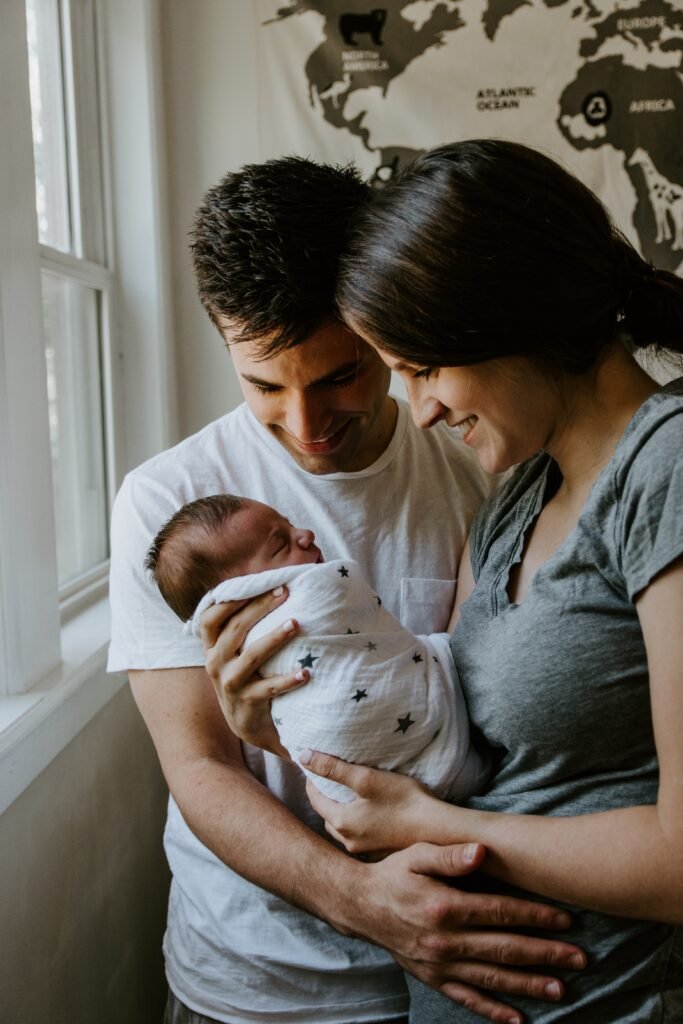
Removing Mold and Mildew
Mold and mildew are common issues that can occur on baby bath toys, especially if they are not properly cleaned and dried. If you notice any signs of mold or mildew on your toys, it is important to take immediate action to remove them and prevent further growth. Here are three effective methods for removing mold and mildew:
Inspecting for Mold and Mildew
Regular inspections for mold and mildew are crucial to catch any signs early on. After each bath, take a close look at the toys and check for any visible mold or mildew spots. Pay attention to any areas that may retain moisture or have crevices where mold can hide. If you notice any suspicious spots or patches, it is important to address them promptly to prevent the spread of mold.
Vinegar Solution
Vinegar is a natural and effective way to kill mold and mildew on baby bath toys. Create a solution by mixing equal parts white vinegar and water in a spray bottle. Spray the solution directly onto the affected areas of the toy, ensuring that all mold or mildew spots are covered. Let the vinegar solution sit for about 15 minutes, then use a soft brush or cloth to gently scrub away the mold. Thoroughly rinse the toy with clean water and allow it to dry completely before using it again.
Bleach Solution
For more stubborn mold or mildew growth, a bleach solution can be used to effectively remove them. Create a solution by mixing one part bleach to ten parts water in a basin or sink. Submerge the affected toy in the bleach solution, ensuring that all mold or mildew spots are covered. Allow the toy to soak for about 10 minutes, then rinse it thoroughly with clean water. After rinsing, leave the toy in a well-ventilated area to air dry completely before using it. It is important to handle bleach with care and avoid any contact with eyes or skin. Use gloves and work in a well-ventilated area while using bleach.
Preventing Mold and Mildew
Prevention is the key to ensuring that baby bath toys remain mold and mildew-free. By implementing a few simple steps, you can minimize the risk of mold and mildew growth on your child’s toys. Here are three effective methods for preventing mold and mildew:
Draining and Drying Toys
After each bath, make sure to drain the toys properly and dry them thoroughly. Squeeze out any excess water from rubber or plush toys, and allow them to air dry in a well-ventilated area. For plastic toys with suction cups, remove the suction cups and clean and dry them separately. Avoid leaving any residual water on the toys, as this can lead to mold and mildew growth.
Proper Storage
Proper storage is essential in preventing mold and mildew on baby bath toys. Ensure that the toys are stored in a clean and dry place when not in use. Avoid storing them in sealed containers or bags, as this can trap moisture and promote mold growth. Instead, consider using a bath toy organizer with drainage holes to allow the toys to air dry properly between uses.
Regular Inspections
Regularly inspect your baby bath toys for any signs of mold or mildew. Take a close look at the toys and check for any visible spots or discoloration. Pay attention to any areas that may retain moisture or have crevices where mold can hide. If you notice any suspicious spots or patches, take immediate action to address them and prevent further growth.

Cleaning and Disinfecting Bath Toy Accessories
In addition to cleaning the bath toys themselves, it is important to also clean and disinfect any bath toy accessories regularly. These accessories include items such as bath toy storage containers, squirting toys, and waterproof books. Here are three effective methods for cleaning and disinfecting bath toy accessories:
Bath Toy Storage
Bath toy storage containers can accumulate dirt and moisture over time, making them a breeding ground for mold and bacteria. To clean and disinfect these containers, start by emptying them of any toys or residual water. Fill a basin or sink with warm water and add a small amount of mild dish soap. Submerge the storage container in the soapy water and use a soft cloth or sponge to clean the interior and exterior. Rinse the container thoroughly with clean water and allow it to air dry completely before returning the toys.
Squirting Toys
Squirting toys are a fun addition to bath time but can also be a potential breeding ground for bacteria if not properly cleaned. To clean and disinfect squirting toys, start by emptying them of any water. Fill a basin or sink with warm water and add a small amount of mild dish soap. Submerge the toys in the soapy water and squeeze them to expel any remaining water or residue. Rinse the toys thoroughly with clean water and allow them to air dry completely. Periodically, consider soaking the toys in a vinegar solution or bleach solution to further disinfect them.
Waterproof Books
Waterproof books are a popular choice for bath time entertainment, but they can also collect mold and mildew over time. To clean and disinfect waterproof books, start by wiping off any visible dirt or residue with a clean damp cloth. Mix equal parts warm water and white vinegar in a spray bottle and lightly spray the solution onto the pages of the books. Use a soft cloth or sponge to gently clean the pages, paying special attention to any stained or soiled areas. Once clean, rinse the books with clean water and allow them to air dry completely.
Natural Cleaning Solutions
If you prefer using natural cleaning solutions, there are several options that can effectively clean and disinfect baby bath toys. These natural solutions are safe for your child and the environment. Here are three natural cleaning solutions you can incorporate into your cleaning routine:
Lemon Juice
Lemon juice is a natural cleaning agent that has antimicrobial and antifungal properties. To clean and disinfect baby bath toys with lemon juice, simply squeeze fresh lemon juice onto a clean cloth or sponge and wipe down the toys. For stubborn stains or odors, you can create a paste by mixing lemon juice with baking soda and gently scrub the affected areas. Rinse the toys thoroughly with clean water and allow them to dry completely. The refreshing scent of lemon will leave your toys smelling fresh and clean.
Hydrogen Peroxide
Hydrogen peroxide is a mild disinfectant that can effectively kill bacteria and viruses. To clean and disinfect baby bath toys with hydrogen peroxide, pour a small amount onto a clean cloth or sponge and wipe down the toys. Make sure to cover all surfaces, paying special attention to any stained or soiled areas. Rinse the toys thoroughly with clean water and allow them to air dry completely. Hydrogen peroxide is a safe and eco-friendly alternative to harsh chemicals.
Tea Tree Oil
Tea tree oil has natural antiseptic properties that can effectively kill germs and bacteria. To clean and disinfect baby bath toys with tea tree oil, mix a few drops of tea tree oil with warm water in a basin or sink. Submerge the toys in the solution and use a soft cloth or sponge to gently wipe down the toys. Rinse the toys thoroughly with clean water and allow them to air dry completely. The pleasant scent of tea tree oil will leave your toys smelling fresh and clean.
Alternative Cleaning Methods
In addition to the traditional cleaning methods mentioned earlier, there are alternative cleaning methods that you can consider for baby bath toys. These methods offer different approaches and can be useful in certain situations. Here are two alternative cleaning methods you can try:
Steam Cleaning
Steam cleaning is an effective method for deep cleaning and sanitizing baby bath toys. Steam cleaners use high-temperature steam to kill germs, bacteria, and mold without the need for harsh chemicals. To steam clean baby bath toys, simply follow the instructions provided by the steam cleaner manufacturer. Ensure that the toys are steam-cleaner safe and can withstand the high temperatures. After steam cleaning, allow the toys to cool down and air dry completely.
Freezing Method
The freezing method is a simple yet effective way to kill germs and bacteria on baby bath toys. Start by placing the toys in a sealable plastic bag or container. Place the bag or container in the freezer and leave it for at least four hours, or overnight. The freezing temperatures will kill any bacteria or germs present on the toys. After freezing, remove the toys from the bag or container and rinse them with clean water. Allow the toys to air dry completely before using them again.
Common Mistakes to Avoid
While cleaning baby bath toys, it is important to avoid common mistakes that can compromise the cleanliness and safety of the toys. By being aware of these mistakes, you can ensure that your cleaning efforts are effective and beneficial. Here are three common mistakes to avoid:
Using Harsh Chemicals
One common mistake is using harsh chemicals to clean baby bath toys. Harsh chemicals can be harmful to your child and may damage the toys. Avoid using chemicals such as bleach or ammonia, especially without proper dilution or ventilation. Instead, opt for milder and more natural cleaning solutions that are safe for your child and the environment.
Neglecting Regular Cleaning
Another mistake is neglecting regular cleaning of baby bath toys. Regular cleaning is essential to prevent the buildup of dirt, grime, and mold. Set a cleaning routine and stick to it to ensure that the toys are consistently clean and safe for your child to play with. Regular cleaning also helps prolong the lifespan of the toys and prevents any unpleasant odors.
Improper Drying
Improper drying is a common mistake that can lead to mold and mildew growth on baby bath toys. Ensure that the toys are thoroughly dried after each use or cleaning. Avoid leaving any residual moisture on the toys, as this can provide an environment for mold to thrive. Use proper drying techniques, such as air drying or using a fan, to ensure that the toys are completely dry before using them or storing them.
In conclusion, choosing the right cleaning method for baby bath toys is essential to ensure their cleanliness and safety. By considering the material of the toys, checking for manufacturer instructions, and keeping safety in mind, you can select the appropriate cleaning method. Different materials, such as plastic, rubber, and plush, require specific cleaning techniques. Regular inspection, proper drying, and preventative measures are key in preventing mold and mildew growth. Cleaning bath toy accessories, using natural cleaning solutions, and considering alternative cleaning methods add further options for maintaining hygiene. By avoiding common mistakes such as using harsh chemicals, neglecting regular cleaning, and improper drying, you can effectively clean and maintain your baby’s bath toys, providing a safe and enjoyable experience during bath time.








